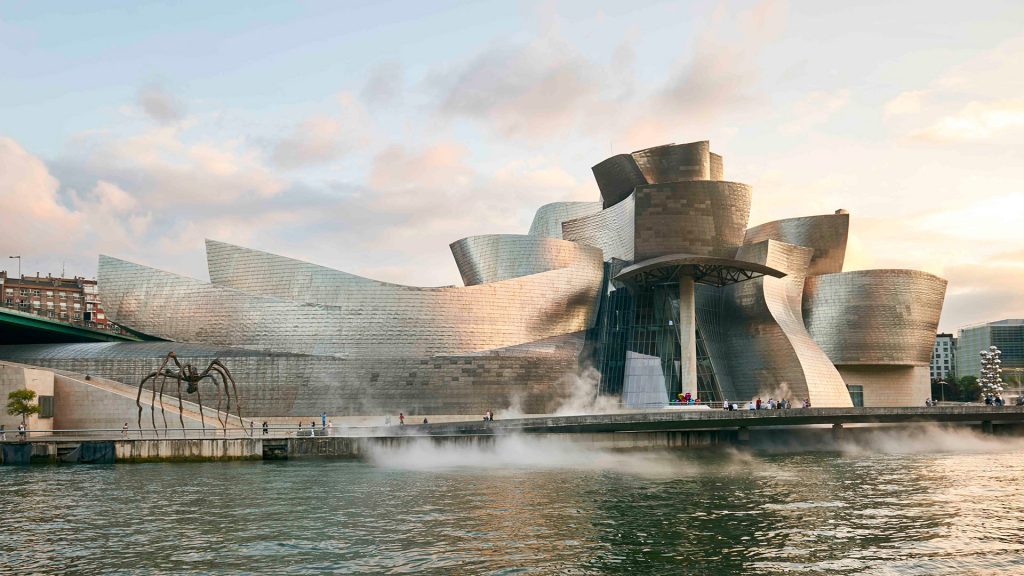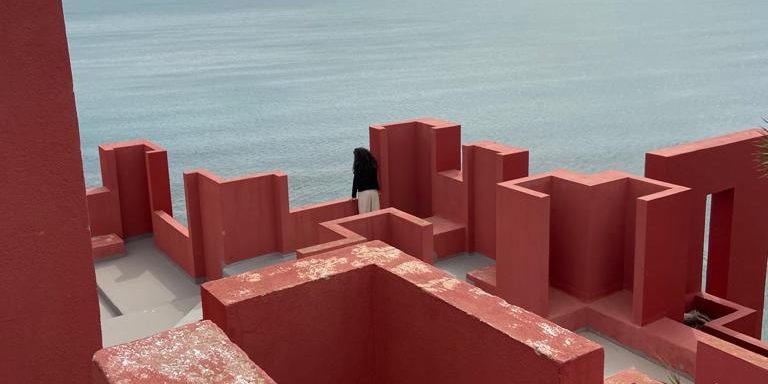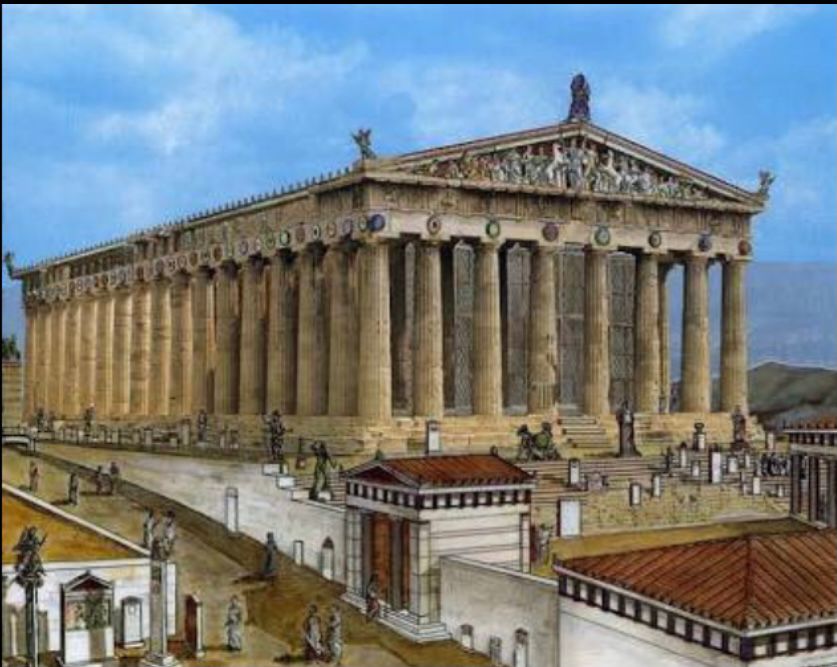
-CLASSIC
Production of Ancient Greek buildings developed in the period between the 7th and 4th centuries BC.
El Partenón
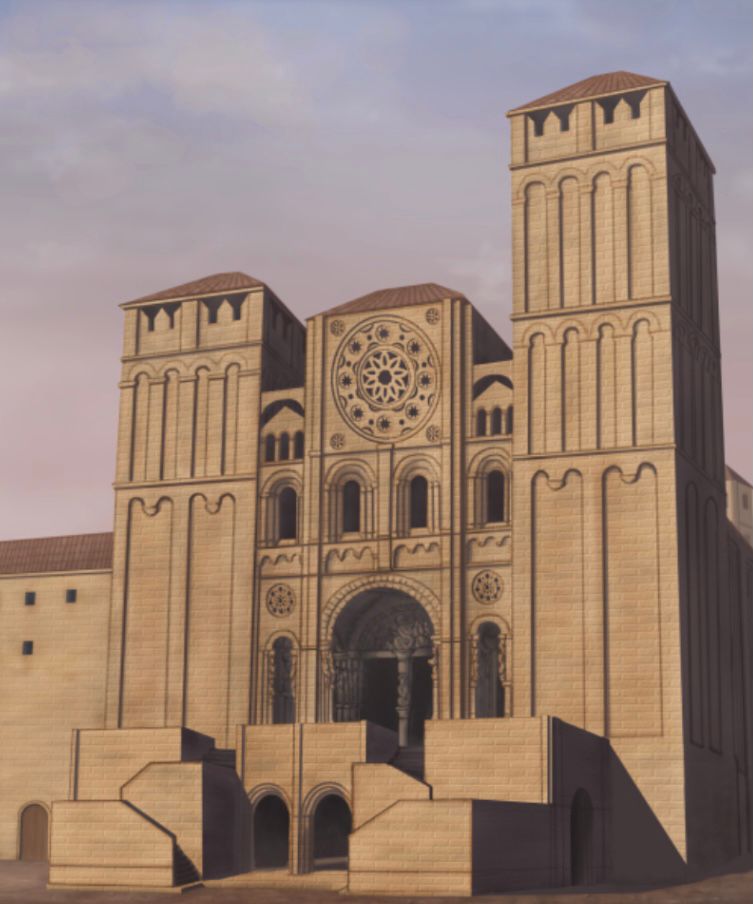
-ROMANESQUE
Generated in Europe between the 6th and 11th centuries.
The constructions were characterized by having thick and resistant walls with minimal openings in semi-circular arches.
The Cathedral of Santiago of Compostela
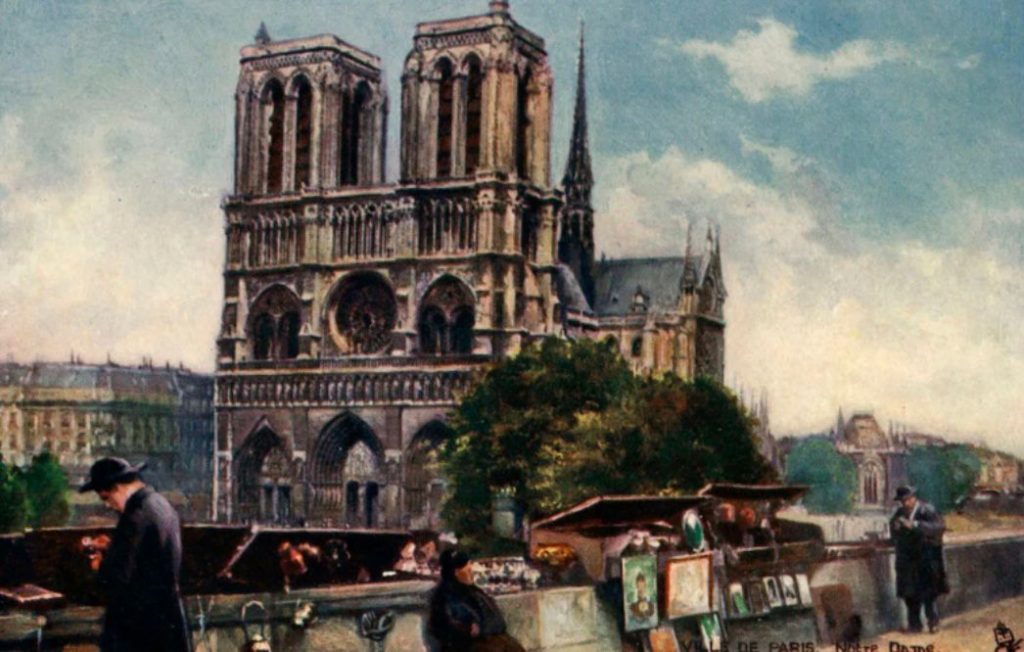
-GOTHIC
It has its origin in the high Middle Ages of France, between the years 900 and 1300.
It is a vertical and majestic architecture.
Notre-Dame Cathedral in Paris
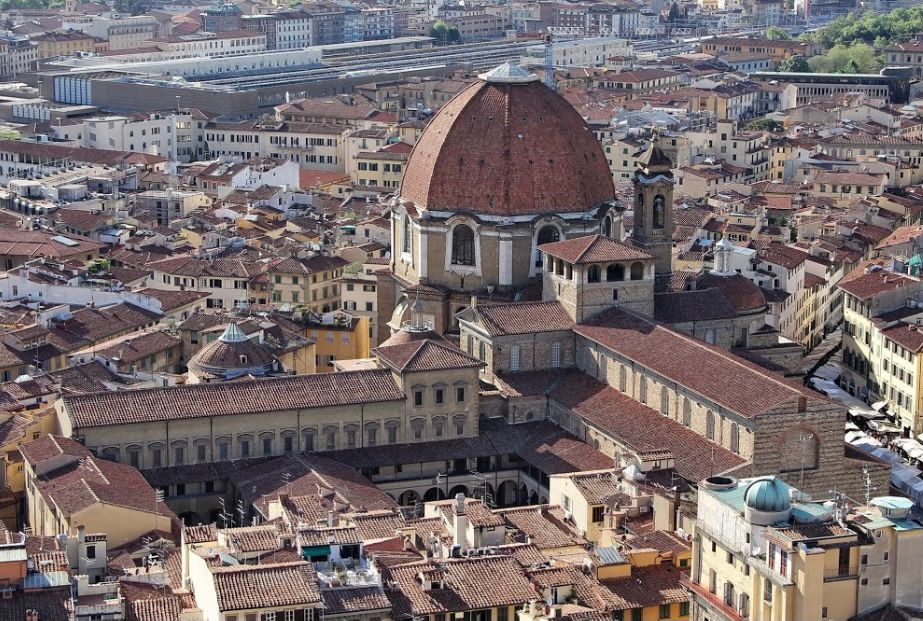
-RENAISSANCE
It was born in Italy and spans from the 15th to the 11th century. It is characterized by its desire to create perfect buildings from the point of view of “technical perfection”, based on mathematical and geometric calculations, to obtain the maximum harmony and proportion.
The Basilica of San Lorenzo, in Florence

-BAROQUE
Baroque architecture developed between the end of the 16th century and the first half of the 18th century.
It arose in Italy and from there it spread throughout Europe. … Ornamental richness, monumentality, effectism, theatricality and spectacularism dominate in Baroque architecture.
Versailles

-NEOCASSIC
Beginning in the 18th century, the architecture of the neoclassical period began the efforts to retake the language of what was produced in classical Greek and Roman antiquity. Its expression is strongly related to the social and economic context in which it is inserted, the Industrial Revolution in Europe.
El Palacio de la Bolsa de Madrid
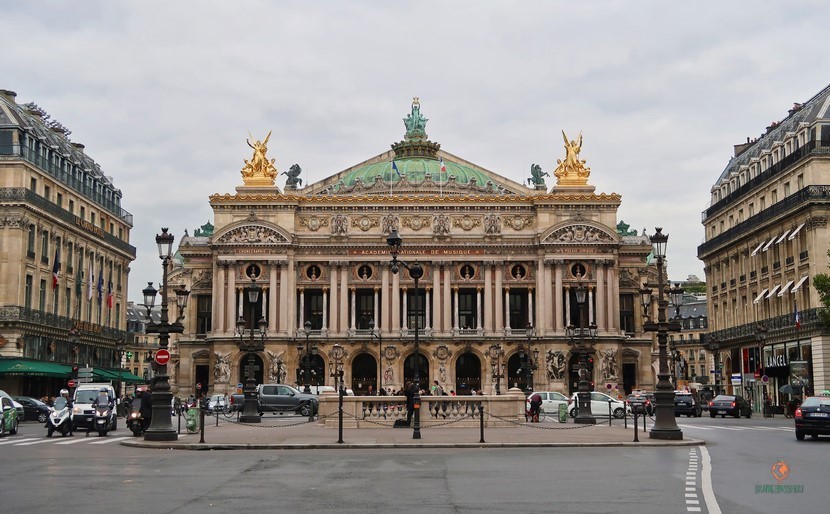
-BEAUX ARTS
Abarca del 1830 hasta el final del siglo XIX. Unas de las características que lo caracterizan es la simetría, la jerarquía de espacios desde “espacios nobles”—grandes entradas y escalinatas— a otros más utilitarios.
Palais GarIt covers from 1830 to the end of the 19th century. One of the characteristics that characterizes it is symmetry, the hierarchy of spaces from “noble spaces” —large entrances and stairways— to more utilitarian ones.
Palais Garniernier
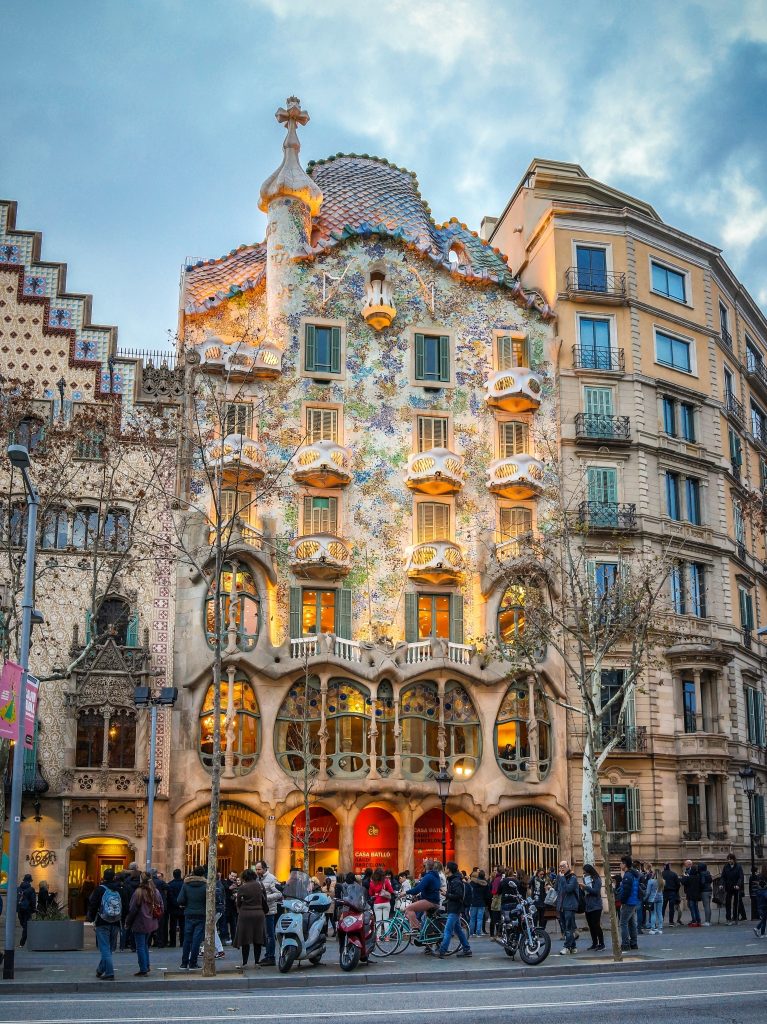
-ART NOUVEAU
It was developed at the end of the 19th century and the beginning of the 20th century in a period of approximately 20 to 25 years, disappearing with the First World War. It was manifested in architecture through decorative elements: the buildings, full of curved and sinuous lines, included ornaments inspired by organic forms of nature such as plants, flowers and animals, both in terms of design and in the use of color.
Casa Batlló
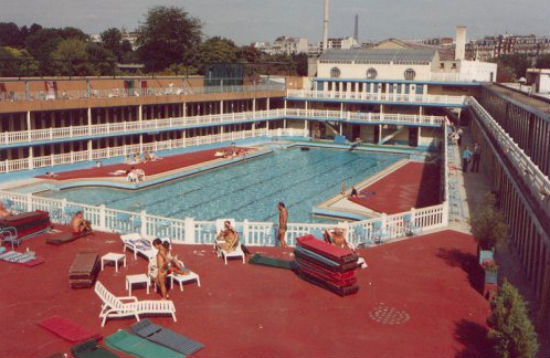
-ART DECÓ
Just before the outbreak of the First World War, the Art Deco style emerged in France, which, like Art Nouveau, influenced various areas of design and architecture. Combining modern design with handcrafted elements and luxury materials, the movement represented at its peak a moment of great belief in social and technological progress on the continent.
The Molitor Pool
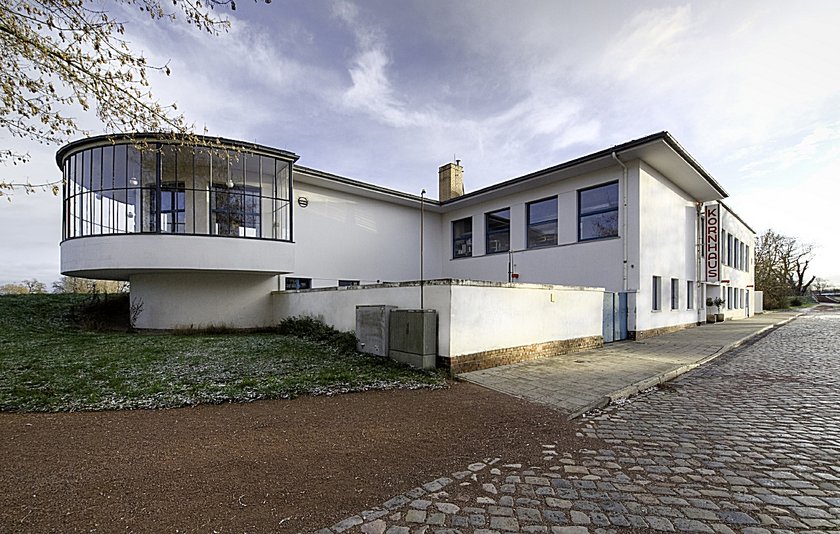
-BAUHAUS
The Bauhaus was inserted in a discourse that ranged from furniture design to the plastic arts, in an avant-garde position for Germany at the end of the first decade of the 20th century. It stands out for its functional buildings, simple and free of decorations.
The Kornhaus
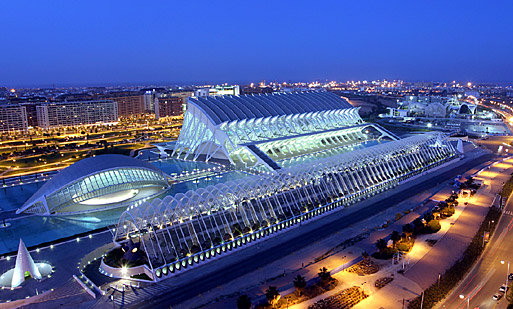
-MODERN
Modern architecture encompasses the set of cultural movements of the first half of the 20th century and is characterized by the simplification of forms, the absence of ornament, and a renunciation of classical academic composition.
The City of Arts and Science (Valencia)
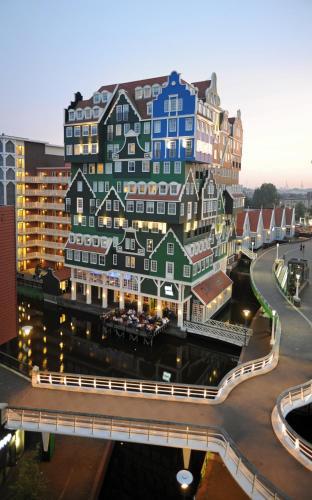
-POST-MODERN
It emerged in the 1960s as a reaction against the austerity, formality and lack of variety of modern architecture, It proposes some central principles of modernism from a new historical and compositional perspective, both in discourse, as manifestos and built projects.
Inntel Hotel
-DECONSTRUCTIVISM
Deconstructivism in architecture is a style that came as a continuation of the previous one, postmodernism. It opposes rules such as geometric purity, form in relation to function, widely used by the Bauhaus, ornamentation as a decorative element, and fidelity to materials, among others.
Guggenheim
